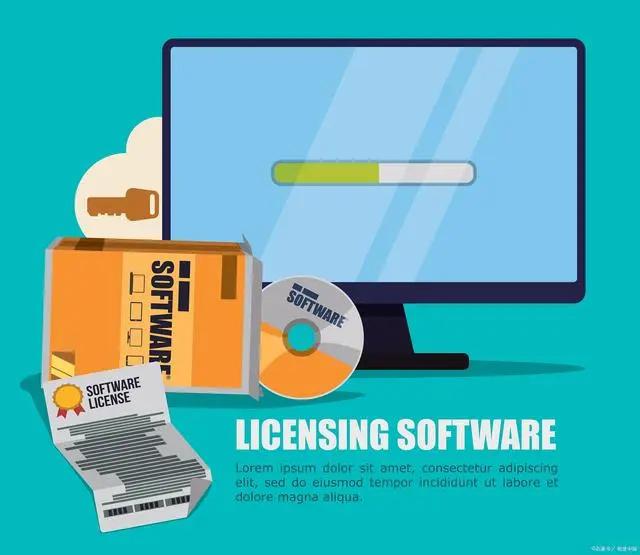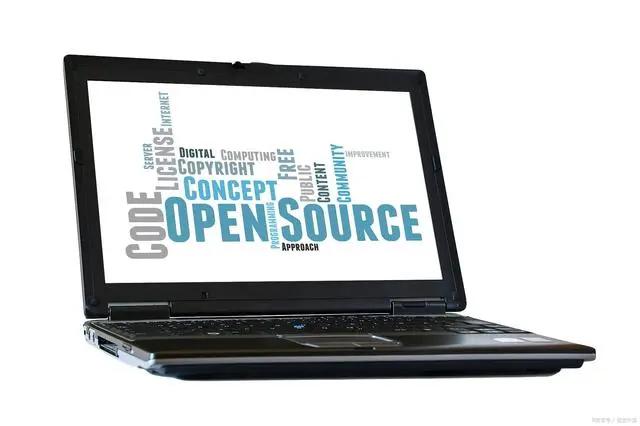Understanding business and open source software
When classifying software, there are other ways to classify it in addition to the definition based on the platform type. This article mainly introduces the definition of software categories according to different source code:
1. What is commercial software?
Commercial software, sometimes referred to as proprietary (patent) or closed source software, it is a kind of copyrighted software. When individuals or companies purchase such software, they need to recognize the copyright of the software developer, which is recognized by the end-user license Agreement (End-User License Agreement,EULA).
The source code of commercial software is private, and users are prohibited from copying, modifying, or redistributing the software or any part of the source code, except for the open source part of the source code. Such software is usually developed for commercial interests and can include open source code bundled with private source code.
When installing commercial software, you will need a corresponding product key or serial number to verify that the software is original. Some commercial software is free, but upgrades and updates may cost extra, or advertising may be included in the software. Some examples of commercial software are Microsoft Office, Adobe Photoshop, and Intuit QuickBooks.

Most open source software also requires software licenses.
2.What is open source software?
Open source software is also known as free open source software (free and open source software,FOSS). In the English definition, we need to distinguish between two different concepts: free software and freeware, which are essentially different. Free software free software is not always the same as freeware free software, which is free to users, but not always open source. Free software is software that can be freely used, modified, and redistributed with only one restriction: any redistributed version of the software must be distributed under the original terms of free use, modification, and distribution (called copyleft). Free software is free programming, a common small application that can be downloaded and used in most operating systems, but cannot be reused in programming under development because it may be protected by copyright.
Open source software contains free source code, which can be freely copied, modified, and redistributed, and allows developers and users open access to the software's functions and source code without cost or restrictions. One of the benefits of open source software is that both developers and users can contribute to the source code, and work together to improve the software and its functions.
Even if open source software is free and open, users still need to agree to an end-user license agreement to use the software. Some examples of open source software are Linux, Mozilla Firefox, and Apache OpenOffice.

3.Differences between open source and closed source software
There are some important differences between open source software and closed source software.
Open source software:
(1) when using open source software, you can edit, modify and redistribute the source code of the software.
(2) users do not have to pay for downloading, installing or using the software.
(3) Open source code can sometimes be used for commercial software developed for profit, or for free software (freeware).
(4) Chromium web browser is an example of open source software. The source code is free and available to everyone.
The code base of the Microsoft Edge web browser comes from the open source code in the Chromium web browser. Although some of the source code in Edge is open source, most of the source code is closed and proprietary.
Closed source software:
(1) Developers will keep their source code and usage confidential.
(2) Companies or individuals have the right to source code and software, such as Microsoft Edge web browsers.
(3) Free software (such as Edge browser) and commercial software can be closed source, regardless of whether the software is free or needs to be purchased.
(4) Microsoft Windows operating system is both open source and commercial, and users need to pay for the software. Therefore, there may be overlap between open source software and commercial software.
For all software, whether open source or closed source, anyone who wants to use the software must agree to an end-user license agreement.